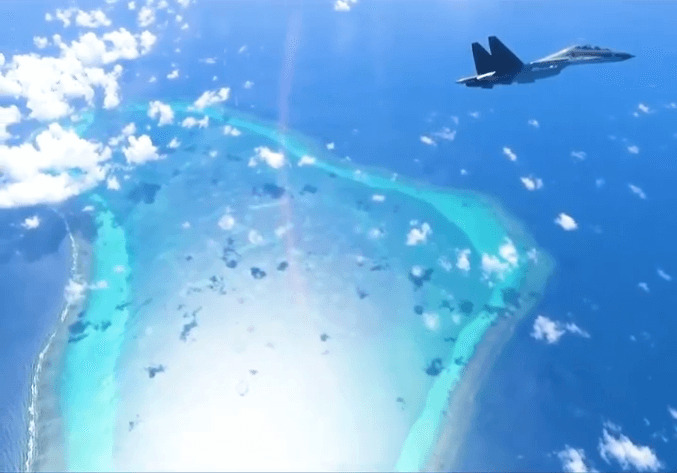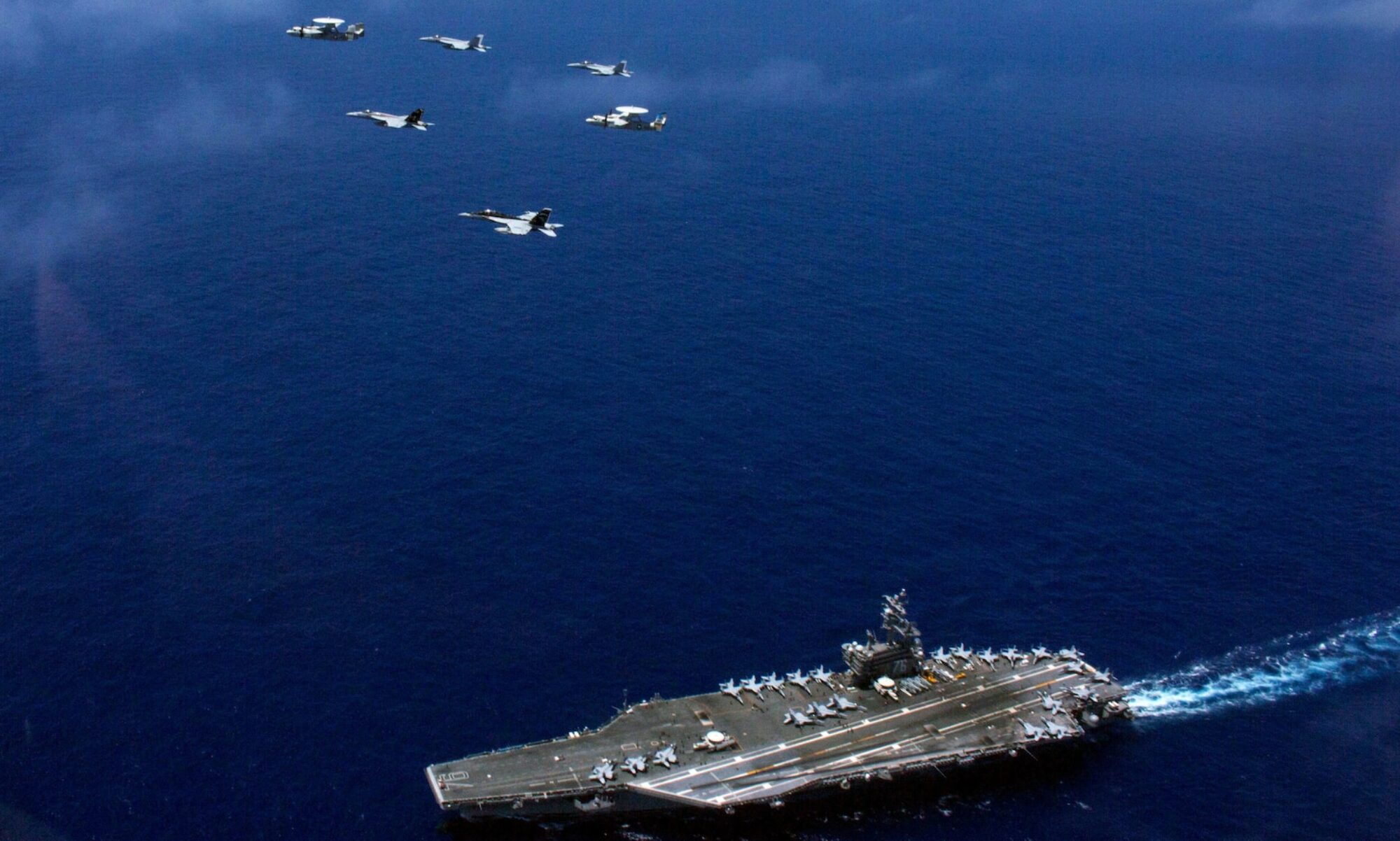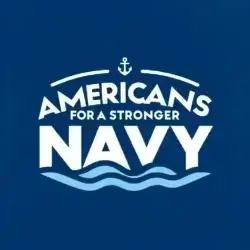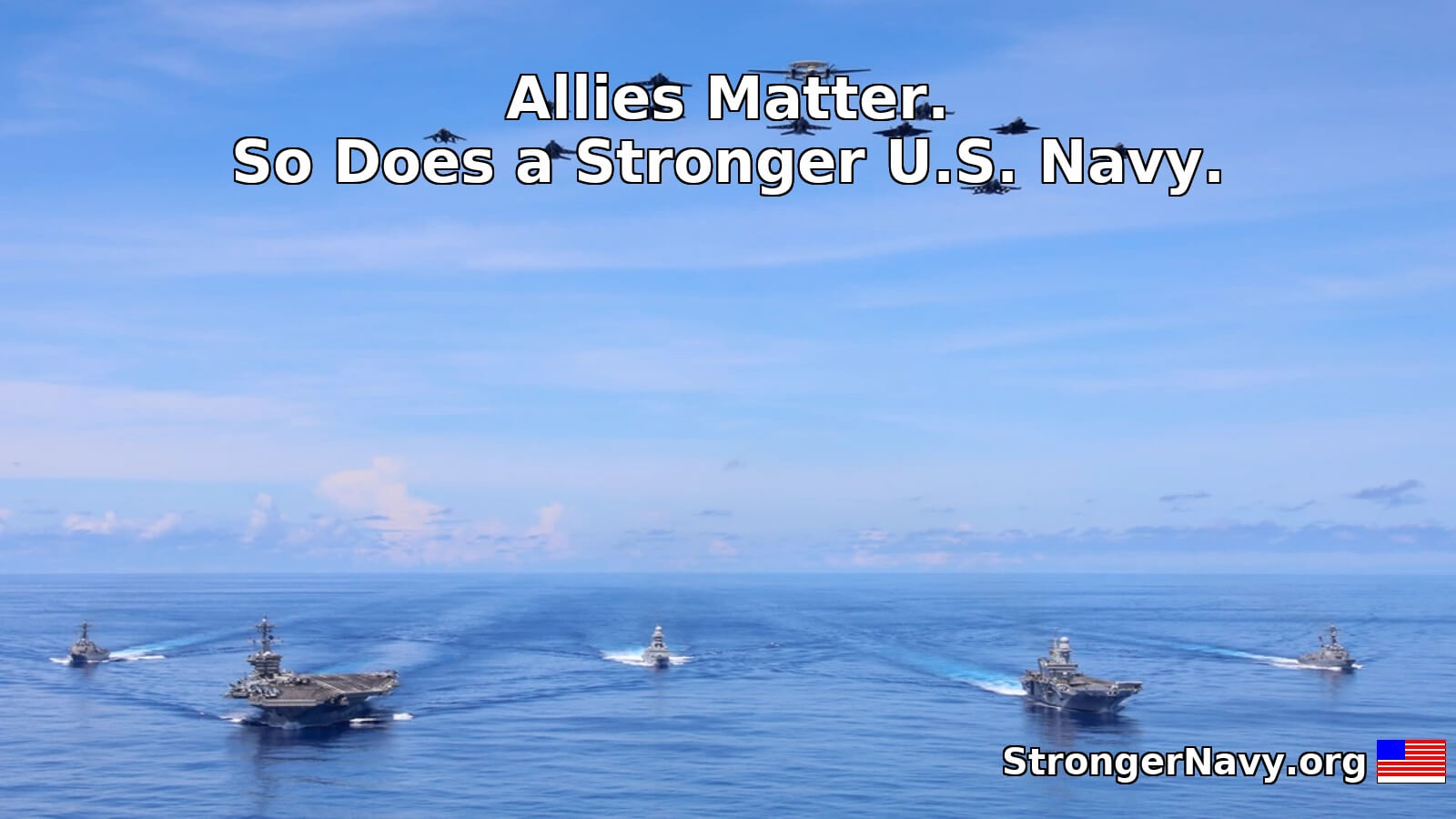
How a 2012 Diplomatic Misfire Sparked a Decade of Chinese Defiance
The Current Flashpoint
Scarborough Shoal is back in the headlines — and with it, so are the warnings.
In September 2025, a Chinese vessel rammed a Philippine resupply boat near the shoal. In response, the U.S. Navy sailed a destroyer directly through the contested waters. The confrontation was brief, but the message was unmistakable: tensions are rising, and the risks are multiplying.
For many Americans, this reef barely registers. But this isn’t just a dust-up between distant nations. It’s a test of American resolve — and a moment that traces directly back to 2012.
2012: A Standoff Mishandled
That year, China and the Philippines faced off at Scarborough Shoal in a tense maritime standoff over fishing rights and territorial claims. The United States stepped in as a broker, aiming to de-escalate. Both nations were expected to withdraw their vessels.
Only one did.
The Philippines pulled back. China did not. And the United States — despite brokering the deal — failed to enforce the agreement or respond meaningfully.
To this day, Chinese ships remain at Scarborough Shoal, effectively taking control. This incident became a turning point in Beijing’s maritime aggression — and a chilling message to U.S. allies in Asia.
Why It Mattered Then — And Still Does
The 2012 failure sent a signal: U.S. guarantees could be questioned.
Philippine public trust eroded. Within a few years, President Duterte pivoted toward China, prioritizing economic deals over alignment with the U.S.
Meanwhile, China accelerated its militarization of the South China Sea — building artificial islands, expanding its maritime militia, and flexing its growing naval power.
What started as a fishing rights dispute became a global credibility crisis.
Now, a Decade Later…
Today’s confrontation is more than a replay. It’s a test of whether the U.S. has learned anything since 2012.
This time, the U.S. Navy showed up. But questions linger:
- Will American resolve hold under pressure?
- Can alliances like AUKUS and the U.S.-Philippine Mutual Defense Treaty deter escalation?
- And do Americans even understand how this reef connects to larger global stakes?
We’ve been here before. We got it wrong then. The consequences are still unfolding.
Why Americans Should Care
Scarborough Shoal isn’t just a reef. It’s a litmus test — for American credibility, regional stability, and the rule of law at sea.
If the U.S. fails to hold the line here, what message does that send to Taiwan, our allies, or our adversaries?
This series breaks it down in plain language — so Americans understand what’s at stake before it’s too late.
What’s Next in the Series
In the next post, we’ll dive into the 2016 international tribunal ruling, how China ignored it, and why this defiance matters not just for the Philippines, but for the future of international order.
Missed the first post? Read it here.
Join the Mission
This post is part of Charting the Course: Voices That Matter, our national education initiative.
We’re connecting the dots between today’s maritime flashpoints and tomorrow’s strategic risks — and making the case for a stronger Navy, an informed public, and a unified voice.
Visit StrongerNavy.org to follow the series and learn more.
Let’s roll.



